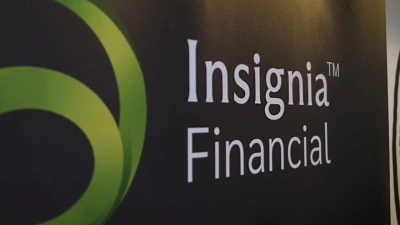Investors likely to lose money if emotional investing continues


Behavioural finance experts Oxford Risk have warned that the current economic, fiscal and stock market environment, plus the recent rise in crypto-assets valuations and retail trading, has created a situation where the risk of emotional investing has hit a new peak.
The firm said that, according to its estimations, on average emotional investing cost investors around 3% in lost returns a year over the long-term, but in the current crisis this would be higher.
Oxford Risk, which defined emotional investing as people acting on their behavioural impulses and emotionally buying and selling stocks and investments on the back of markets rising and falling, often pursued investments that they were familiar with such as companies that were highly publicised in the media, and those that recently announced large gains as in times of stress investors were seeking emotional comfort in investments which offered the promise of short-term returns.
Oxford Risk head of behavioural finance, Greg B Davies, warned that the current market situation created the perfect ‘storm’ for emotional investing, following the coronavirus crash in the first quarter of last year when stock markets saw big falls, followed by a bull market, with markets around the world rising.
“Optimism is higher because of hopes around the coronavirus vaccine roll-out and economic and fiscal stimulus programmes. However, there are huge economic problems ahead around unemployment and huge public spending deficits for example, so we should expect the unexpected in the markets over the coming months,” he said.
“The rise in the value of Bitcoin has also led to a crypto-assets ‘gold rush’, with retail investors piling into an incredibly volatile asset class that most don’t understand. The pandemic means many investors are currently highly emotionally sensitive and have a shortened emotional time horizon which increases the appeal of get-rich-quick gambles.”
Oxford Risk estimated that for those investors who increased their allocation to cash during these volatile times for markets, the cost of this ‘reluctance’ to invest is around 4% to 5% a year over the long-term. In addition, it estimated that the cost of the ‘behaviour gap’ – losses due to timing decisions caused by investing more money when times are good for stock markets and less when they are not “buy high and sell low” – is on average around 1.5% to 2% a year over time.
“Understanding of client financial personality is typically limited to risk profiling - often badly – and subjective human assessment. Very few wealth management propositions are using the sort of objective, science-based measures that are needed to provide a comprehensive picture of their clients. There is too much guesswork and not enough technology,” Davies said.
Recommended for you
A financial advice firm has been penalised $11 million in the Federal Court for providing ‘cookie cutter advice’ to its clients and breaching conflicted remuneration rules.
Insignia Financial has experienced total quarterly net outflows of $1.8 billion as a result of client rebalancing, while its multi-asset flows halved from the prior quarter.
Prime Financial is looking to shed its “sleeping giant” reputation with larger M&A transactions going forward, having agreed to acquire research firm Lincoln Indicators.
An affiliate of Pinnacle Investment Management has expanded its reach with a London office as the fund manager seeks to grow its overseas distribution into the UK and Europe.















